Senior technical writer Simon von Bromley sat down down with Josh Poertner, CEO of Silca.
In a fascinating conversation for the BikeRadar Podcast, they covered subjects such as the use and future of 3D printing, Silca being a brand at the cutting edge of the technology.
They also discussed the benefits of quality chain lubricants, as well as why more expensive tyres are worth the investment.
The pair also explored the benefits of aerodynamic wheels and the evolution of aerodynamics and its associated testing.
Listen to the podcast for the full conversation – otherwise, we've included an edited Q&A below featuring some of the key questions.
What role will 3D printing play in the future of cycling?
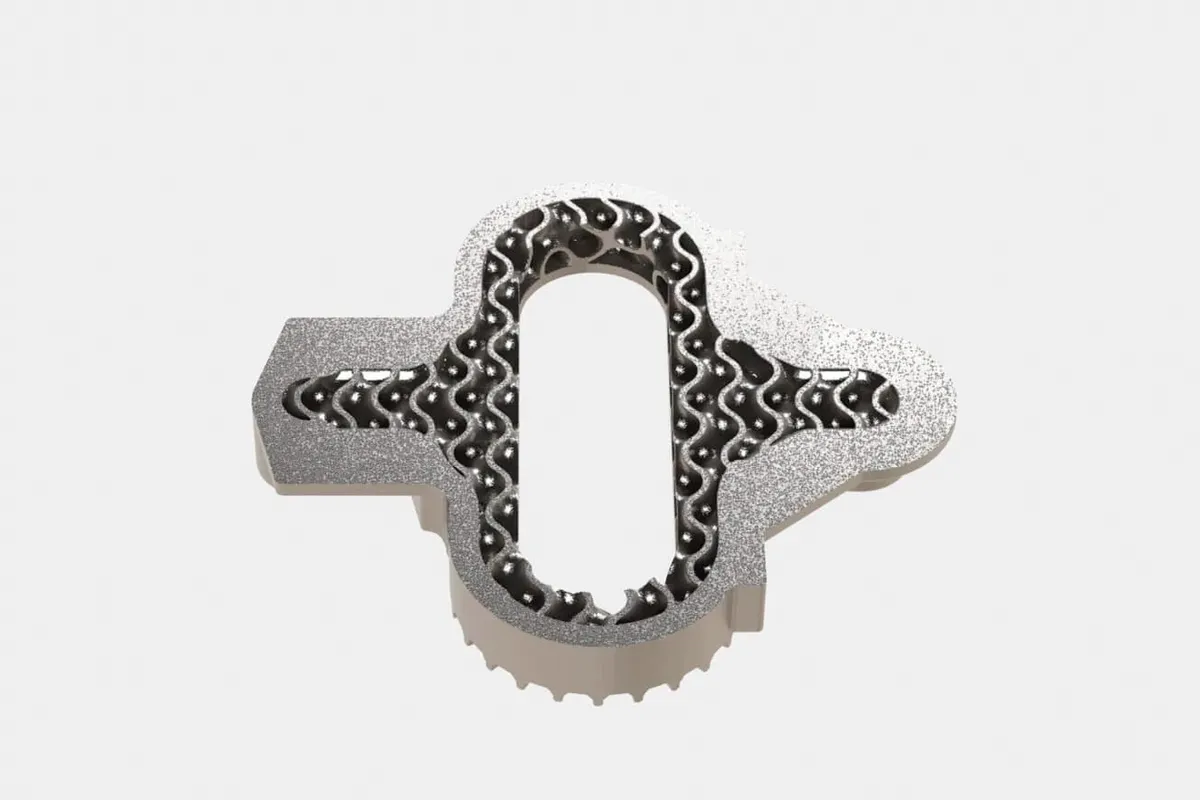
Simon: What are the advantages of 3D printing from a manufacturer and consumer point of view? We hear a lot about it, but it hasn’t gone mainstream yet.
Josh: I look at this technology and there’s no doubt in my mind that it’s the future of all manufacturing, maybe not the two-, five- or 10-year future, but certainly the 50-year future.
The real advantages are that you can essentially print anything in any geometry, almost without limit.
You can print unlimited geometries on the inside of things, which has never been possible before.
The last [benefit] is, with really one or two raw materials, a 3D printer can make anything.
If you think we’re going to build a colony on the moon or on Mars, you’re not going to send lathes and mills and multi-access machining centres because with all those machines, you have to use specific inputs. You have to have bar stock, tube or plate stock. Each machine requires its own type of material and can only do limited actions.
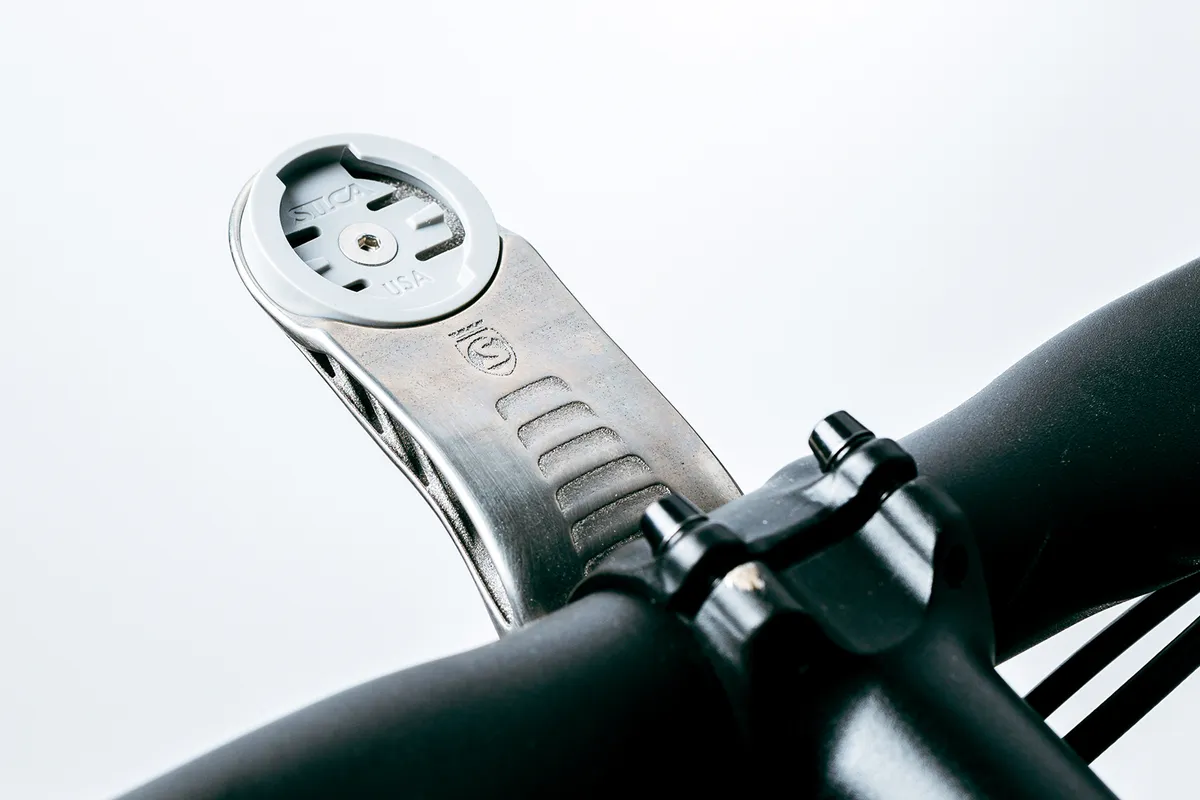
If you have a 3D printer and powder, in our case titanium powder, and a printer, you can print anything with that.
It’s clearly the future and [another benefit] is the environmental impact of these machines.
If you're machining titanium or aluminium, you have what we call in aerospace the ‘buy to fly’ ratio and typically, you’re buying 10 times more material than ends up in your finished part, and so you have a roughly 90 per cent scrap or waste rate and that material needs to be cleaned or recycled, and in some cases the material can’t be recycled.
Whereas with powder for 3D printing, we end up with about a 98 to 99 per cent use rate because the powder that isn’t solidified in one print just gets recycled through the machine and can be printed in the next print.
So while the tech is pretty new, it’s super-expensive, I want to make sure we’re at the cutting edge of how to do it because when it starts to become mainstream, I want to make sure we have a 10-year head start on everyone else.
Simon: What’s preventing us from getting on the moon?
Josh: Well, the machines are very expensive… Titanium bar stock or plate is somewhere in the order of $50 a pound and titanium powder for 3D printing is somewhere in the order of $500 a pound. You do get a much higher use percentage of it but the investment to get into this space is pretty high.
Who is Josh Poertner?
Josh Poertner is the CEO of Silca, one of the oldest and most innovative companies in cycling.
Silca manufactures cutting-edge products that often differ from convention and prioritise quality and function over cost. It was the first cycling brand to put a gauge on a pump and to develop a regulated CO2 cartridge. Now, its products range from tools to chain lubricants to 3D-printed items.
Before running Silca, Poertner worked for over 13 years at Zipp, developing aerodynamic wheels and components. He has also been a technical consultant for a number of professional teams.
Poertner is also the host of the Marginal Gains podcast, which we’d thoroughly recommend and is full of rich tech nuggets.
Why expensive chain lubricants are worth the investment
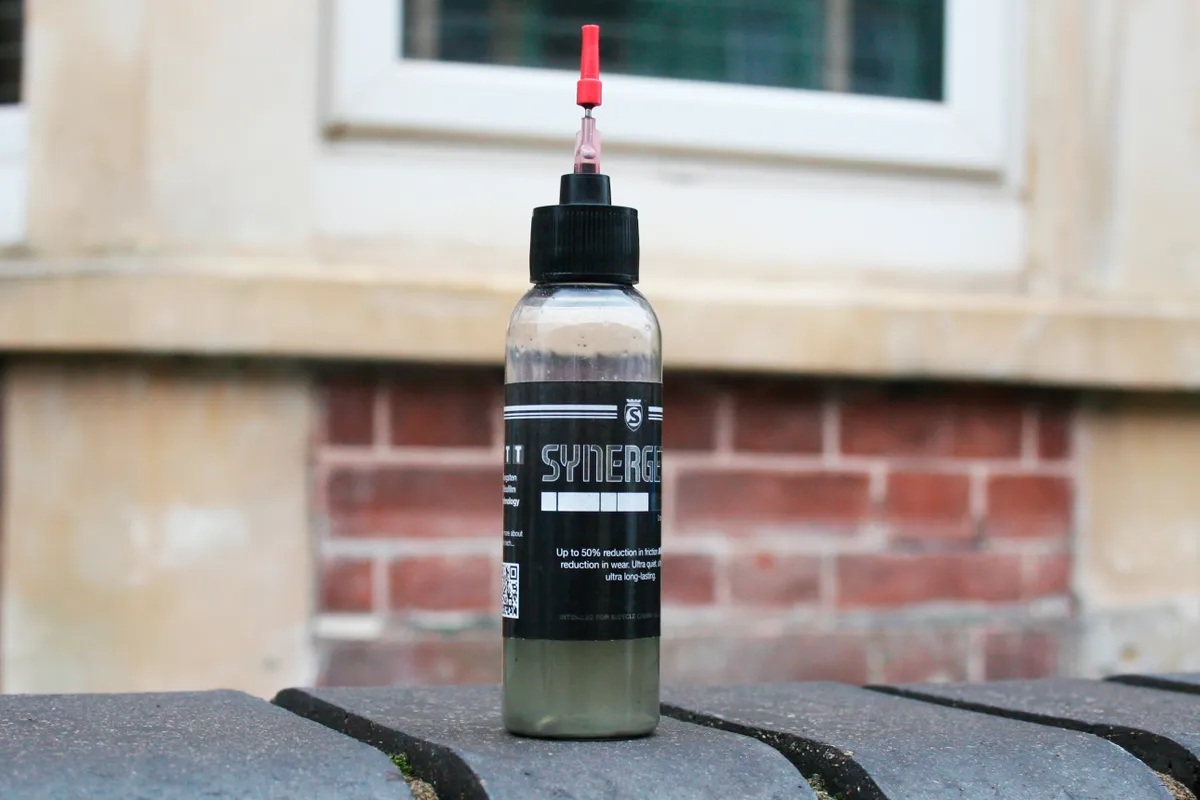
Simon: One of the aspects Silca has been at the forefront of in recent years is drivetrain efficiency. Silca has massively expanded in the field of chain lubricant, with [both] wax-based and synergetic lubricants. Can you talk about why that makes such a big difference?
Josh: Efficiency/friction is exciting in that it’s a lot like tyre pressures. We’ve been right at the forefront of changing people’s thinking and I think the opportunity in these areas is fun. It’s a space [where] conventional wisdom was believed to be settled… When you really dig into the technology, what you realise is we don’t fully understand it and there’s a lot of opportunity here to do better.
I initially came into this way back in my Zipp days when we were looking at hot-melt waxing chains and we were trying to find a watt, or a half-watt of efficiency.
It was really Zero Friction Cycling from Australia who brought in this element of wear in extending life and this concept of using the wear reduction as a proxy for friction, which ultimately we have multiple machines in house that can do a combination of things. As you can imagine, if you pack a chain with grease, you can really cut the wear, but the friction goes up.
I think all of that groundwork laid over a 10-year period or so really came to help us during the pandemic when all of a sudden, you couldn’t get a chain or cassette and this concept of ‘we can make your chain last five to 10 times longer’ [came to light].
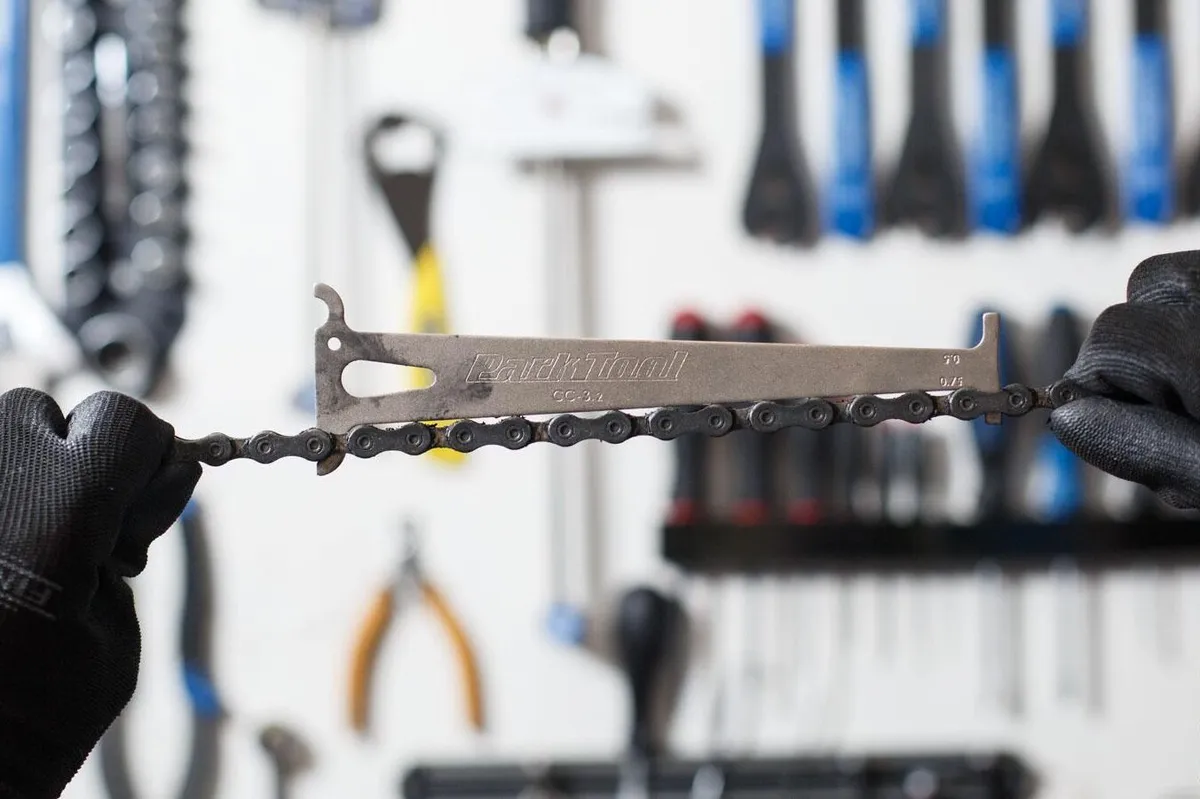
One of the companies now has a 600-day lead time for a chain – what are you going to be doing 600 days from now? That’s a long time and in light of a shortage, that starts to make a lot of sense to people, and when you really get them thinking about the true cost of the chain wearing out, it takes the cassette with it and then the chainring.
Some of these modern drivetrains can be $500 or $600 for a cassette and for me, it’s a fun area because it hits those marginal gains or efficiency things, but it has all of these other pay-offs.
We’re also able to do it with very environmentally friendly ingredients and non-fluorinated ingredients such as PFAS.
We’re really hoping to drive this movement in the industry of removing PFAS from lubricants - we’ve published our lubricant recipes because it’s important.
If you look at a traditional bottle of chain lube, it’s like an environmental hand grenade. It’s like 90 per cent heptane or pentane or some nasty chemical and maybe 10 to 15 per cent PFAS chemicals. They cause birth defects, cancer rates and we’re pouring that crap on our chains and letting it fall off our chains into the environment. It’s just madness.
Those lubricants are all quite high chain wear – so it’s like a triple disaster and there’s half a dozen companies that have built their companies on that. This is why we tell you what’s in our products.
Fast tyres make all the difference
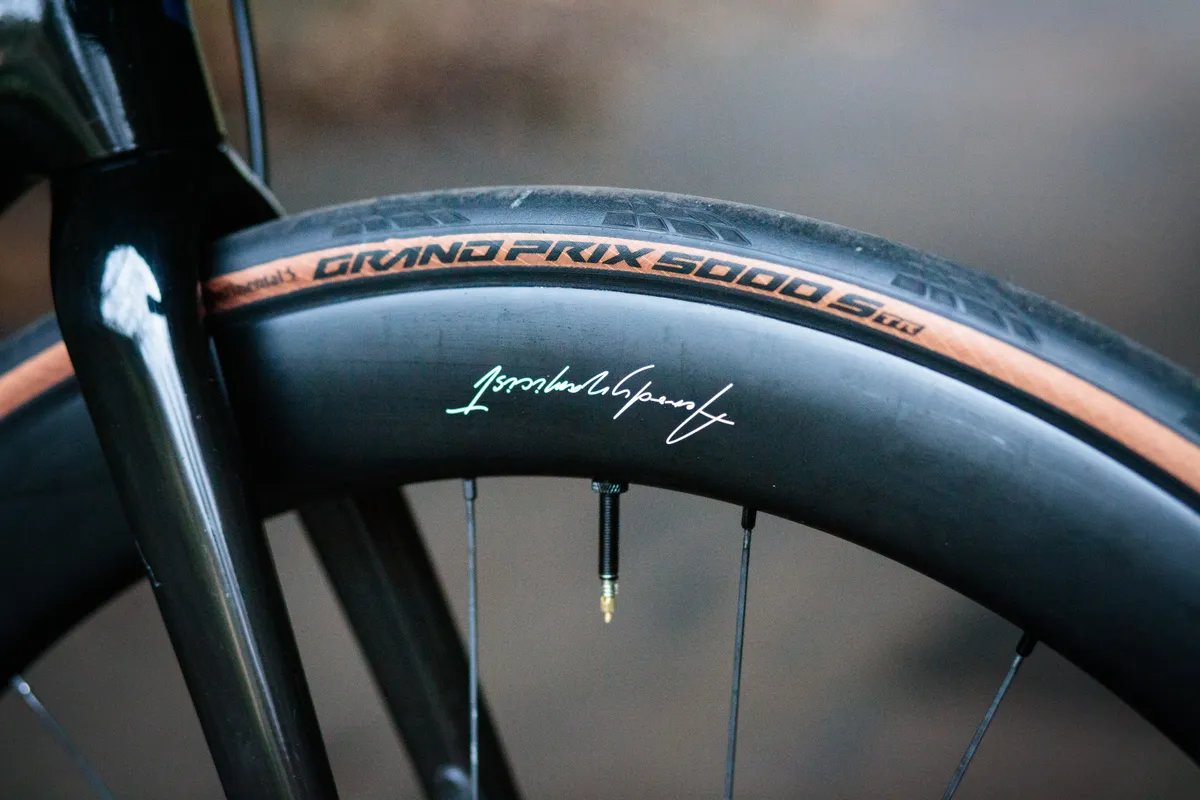
Simon: Why are good tyres so important, and what are the differences we can expect between a good and bad road tyre, for example?
Josh: This one’s just beyond huge and really does highlight the challenge we have as humans of the limits of our perception. Just like the ‘can you really tell the difference between this chain lube and that chain lube?' Probably not.” People feel the difference between tyres, even when the differences are quite large.
One of the challenges is that humans are really bad at perceiving speed. Our eyes are set a little close together and our brains process it at a rate… we’re really not great at processing speed, that’s why people get hit by trains. They look and they see the train coming and it’s hard for them to process how fast it’s coming.
Likewise, when we’re riding, is this 25 or 26km an hour? You really can’t tell that very accurately.
So our brains use proxies for speed sense, so things like wind noise becomes a proxy for speed… The big one we use is vibration as a proxy for speed.
The higher the frequency the vibration, the faster we feel like we’re going. Of course, the problem with this is it biases us towards things like higher tyre pressure, which makes more vibration come through.
It biases us towards stiffer-casing tyres or tyres with lower-quality rubber compounds because they’ll transfer more vibration through to the rider.
If you think back 20 years, it was really cool to buy some Tufo tyres and pump them to 160psi and feel like you’re flying. Now, of course, we have power meters and wind-tunnel data, you actually feel like you’re going slower on more watts compared to a supple tyre.
The optimum word for tyre selection is ‘supple’ and what that really means is you want the lowest amount of damping in the tyre, or as engineers would call it hysteresis.
You want a tyre that’s super-flexible and pliable and that will give you the truest spring rate relative to the air pressure you’re putting in the tyre.
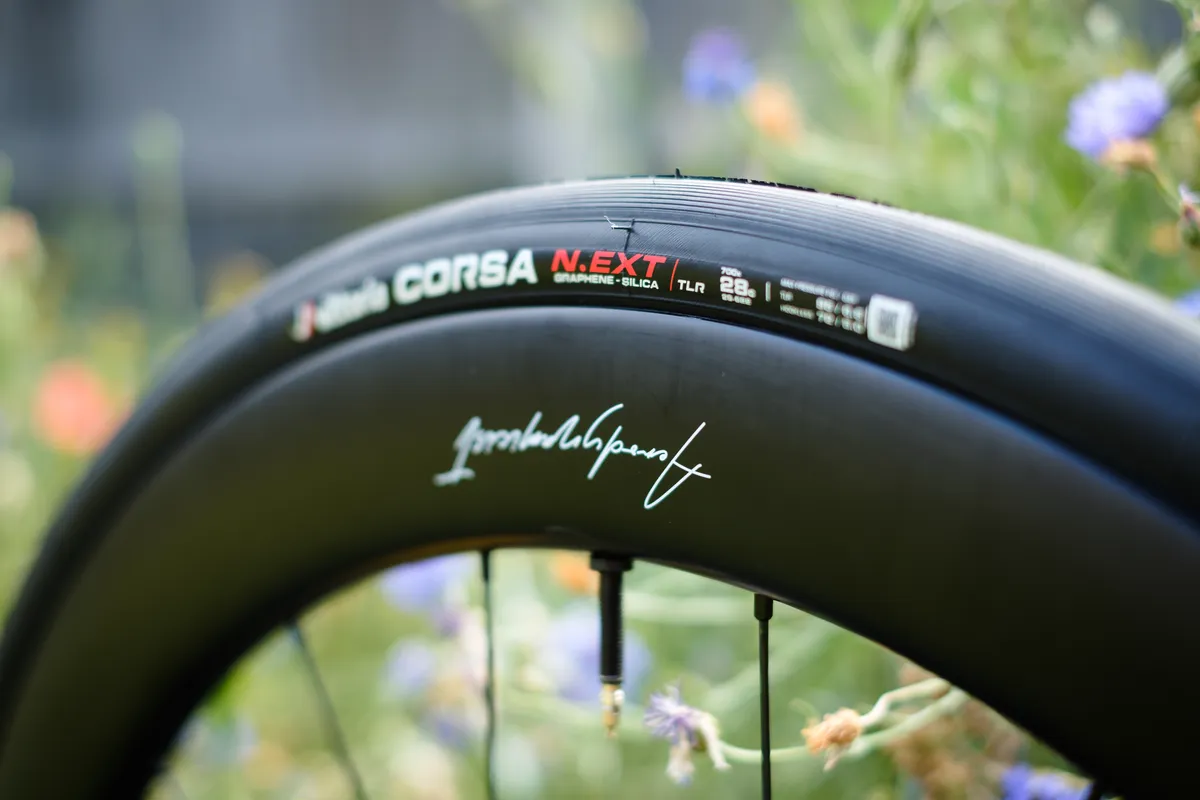
If you think of it like a suspension fork, the air pressure controls the spring rate and the tyre construction controls the damping and in the case of efficiency, comfort and even handling. You want as little damping as possible because you want the tyre to respond as quickly as possible to changes in road surfaces.
What is the benefit of this? Well, it’s faster-rolling, so you’re losing fewer watts from heat where the tyre meets the road. You’re improving grip and grip consistency and you improve comfort.
The tyre is literally the only thing connecting you to the road. It is the only thing that’s transmitting all of the forces, it’s doing all the physics. You want traction, cornering, acceleration, deceleration – all of that has to go through that tyre.
If you’re going to start spending money somewhere to improve your experience, the tyres are the best place and the best bang for your buck by far.
Aero really is everything
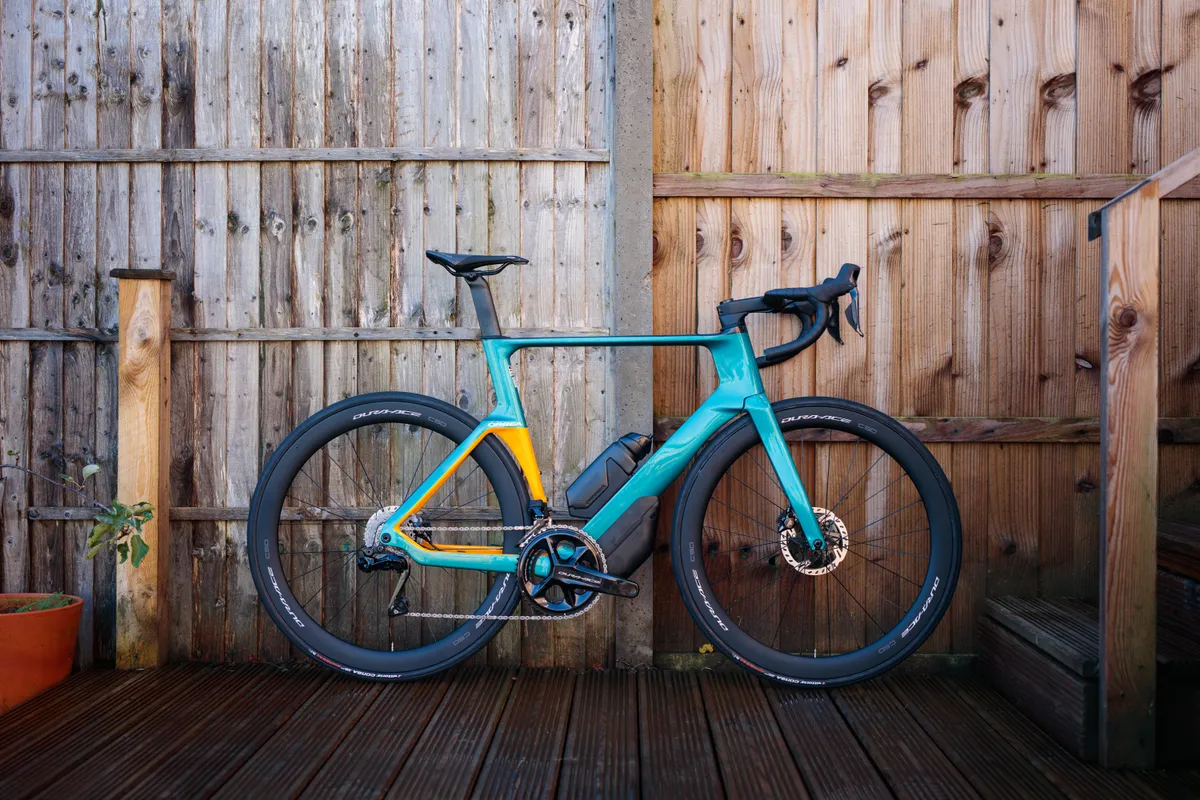
Simon: Why do people get rubbed up the wrong way between aero and lightweight?
Josh: I think it’s a problem we’ve had since the beginning of Zipp. You can’t really feel it.
Weight is so obvious, you can pick up two things and generally tell which one is lighter. You can put it on the kitchen scale. We have easy and cheap tools for measuring it and you think you have this mental model of ‘why does weight help you?’ Well, you don’t have to take it up the hill. It’s super-obvious.
Aero is much harder – you can’t feel it. It’s affected by wind speed and not ground speed, that’s a big thing for people and we don’t have great tools to measure it. It’s coming – in a way that people can sense straightaway.
The biggest tool for me in my career that enabled aero to happen, at the level it’s happened, is the power meter. I think I spent two years talking with literally every single European team director about aero wheels and not one of them would even take a meeting.
Bjarne Riis would take a meeting with us and he had been on SRM for a couple of years, really understood power. When you put him on different wheels back to back, you could see the speed differential at a given power in the data clear as day, and he was really the first one to say “I get this”.
Up until that point, you had a lot of people doing things that seemed or looked aero. I’m a huge fan of the crazy superbikes of the 90s, but the reality is that other than the Lotus or Zipp bike and maybe one or two others, most, if not all of them were just designed to look cool by people who had no idea what they were doing and with no development or testing of any type behind them.
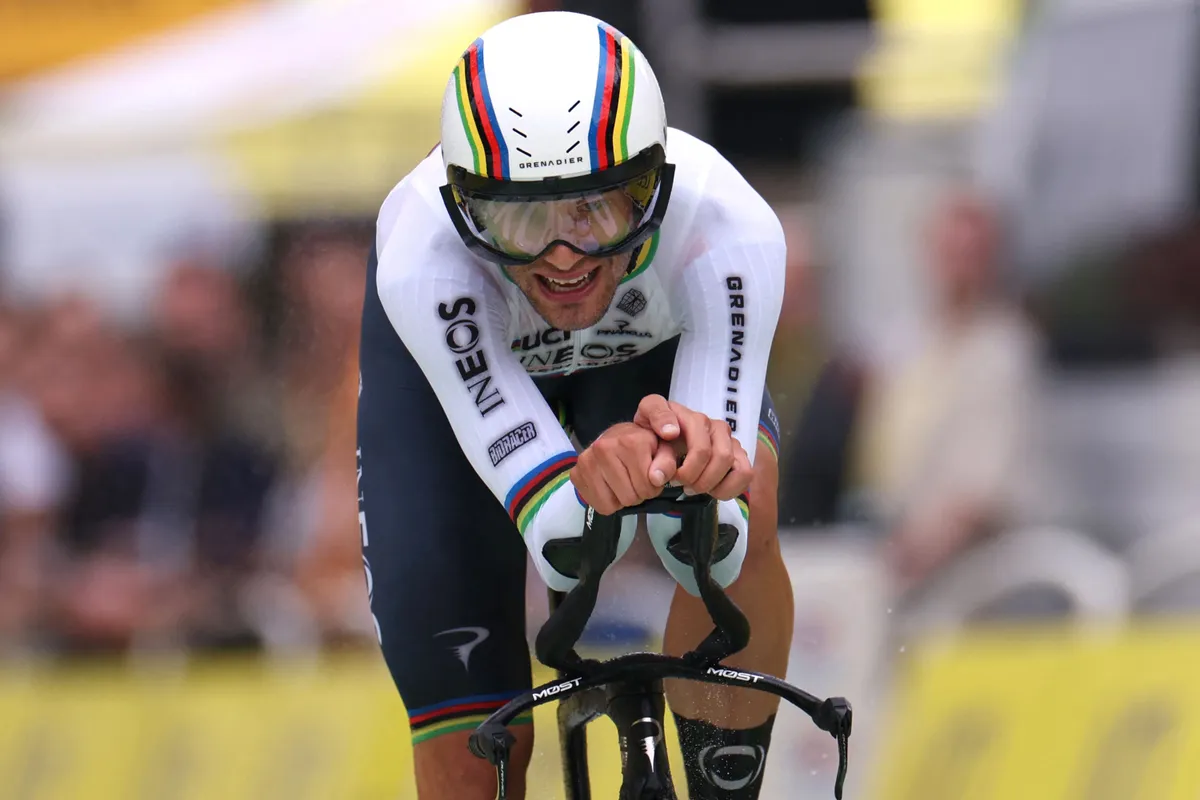
I won’t name names, but there are definite instances of bikes that looked exotic, fast or super-cool, but they were no faster than the bike they were replacing, so I think it became easier for people to start discounting aero. If aero is so much faster, why aren’t the riders going any faster?
The one that changed everyone’s mind was [Greg] LeMond, 1989 Tour de France in the Champs-Élysées time trial where he [managed an] unimaginable performance because he used aero bars and [Laurent] Fignon didn’t.
It’s clear as day when you put a person on clip-ons, the math is right there - you go fast enough to win that race. That started the change but people were doing what they thought was aero rather than what they knew or could prove was aero. Adoption was slow for that piece.
I think aero sensors are the next power meter in my mind, and that’s going to be the thing for people to see the differences.
This is all marginal gains. To make it not marginal gains, you take the Cervélo S5 road bike of today and put a power meter on it and take a steel, such as the LeMond TVT from behind me, and we put two riders on those with power meters and the difference from then to now is absolutely massive.
The challenge we have for a lot of people is the relativism that’s happening. This year’s S5 doesn’t seem that much faster – that’s because the S5 of two years ago was a bloody fast bike.
The marginal gains are becoming even more marginal because the level of optimisation is becoming so high, but when you look at it on aggregate, you are seeing it from a Moneyball, if you’re familiar with that book or film, what happens when every rider from every team is aero-optimised and has some proper understanding of tyres and pressures – the whole peloton goes faster in a notable way.
Subscribe to the BikeRadar Podcast
Make sure you subscribe to the BikeRadar Podcast via Apple Podcasts, Spotify or your chosen podcast provider, so you don’t miss an episode.
The BikeRadar Podcast takes you to the heart of the issues that matter, whether you’re a roadie, mountain biker, gravel rider or commuter.
From the latest tech news, reviews and debates, to interviews with the biggest personalities in cycling, the podcast is your direct line into the BikeRadar team.

